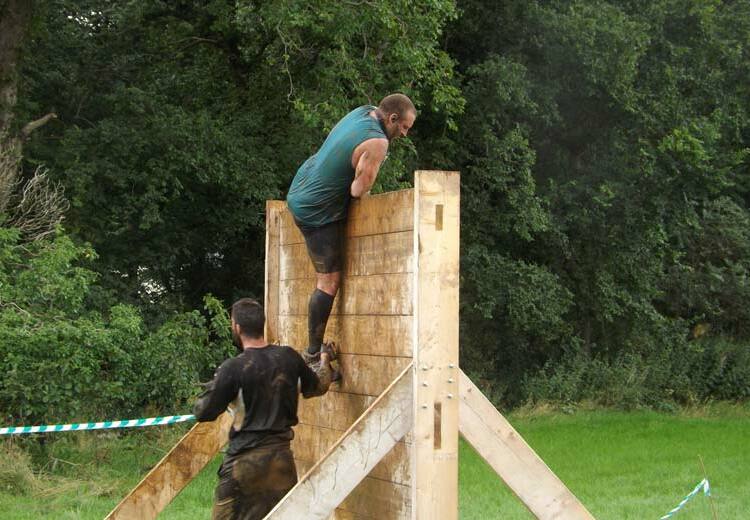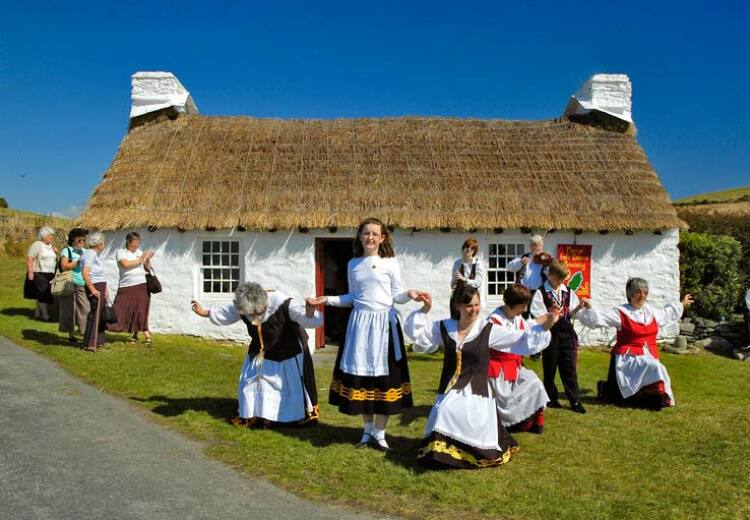Domestic abuse affects 1 in 4 women and 1 in 6 men throughout their lives and can make a profound negative effect.
PC Judith Bradford, Domestic Abuse Coordinator with the Isle of Man Police has prepared the following press release to warn people of the early warning signs of domestic abuse. The police definition of domestic abuse is;
Any incident of threatening behaviour, violence or abuse (psychological, emotional, financial, sexual or physical) between adults who are, or who have been intimate partners or family members, regardless of gender.
Before the abuser starts physically assaulting his or her victim, they typically demonstrate their abusive tactics through certain behaviours. The following are five major warning signs and some common examples:
Charm.
• Abusers can be very charming. In the beginning, they may seem to be Prince Charming or a Knight in Shining Armour. They can be very engaging, thoughtful, considerate and charismatic. He or she may use that charm to gain very personal information about their victim. They will use that information later to their advantage.
For example; they will ask if their victim has ever been abused by anyone. If they say ‘yes’ then they will act outraged that anyone could treat a woman that way. Then when they become abusive, they will tell their victim that no one will believe them because they have said that before and it must be the victims fault or else two people would not have abused them.
Another example is that the abuser may find out their victim has abused drugs in their past. They will threaten that if they tell anyone about the abuse they will report them as a drug user and they will lose their children. The threat to take away children is one of the most common threats abusers use to maintain power and control over their victims.
Isolation.
• Abusers isolate their victims both geographically and socially. Geographic isolation includes moving the victim from their friends, family and support system; moving frequently in the same area and /or relocating to a rural area.
Social isolation usually begins with wanting their victim to spend time with them and not their family, friends or co workers. They will then slowly isolate them from any person who is a support. The abuser dictates who their victim can talk to; they tell them they cannot have contact with family or friends.
Jealousy.
• Jealousy is a tool abusers use to control their victims. They will accuse them of having affairs. If they victim works they will accuse them of having affairs with co worker etc. Abusers routinely call their victims whores or sluts.
Emotional Abuse.
• The goal of emotional abuse is to destroy the victims self esteem and self confidence. The abuser will blame them for their violence, will put them down, call them names and make threats against them. Over time the victim will no longer believe they deserve to be treated with respect and will blame themselves for their abusers violence. For some survivors of domestic abuse, the emotional abuse may be more difficult to heal from than the physical abuse.
Control.
• Abusers are very controlled and are controlling people. In time, the abuser will control every aspect of the victims life: where they go, how she wears he hair, what clothes she wears, who she talks to. They will control the money and access to money. Abusers are also very controlled people. While they appear to go into a rage or be out of control we know they are very much in control of their behaviour.
• The following are reasons we know their behaviour is not about anger or rage:
- They do not assault other individuals – if someone crosses them they do not necessarily resort to violence. They wait until they have no witnesses and abuse the person they say they love.
- If you ask a victim if their abuser can stop when the phone rings or someone comes to the door, they will usually reply, ‘Yes’. Most often when the police turn up the abuser is looking calm, cool and collected and the victim is the one who may look hysterical. If the abuser were totally ‘out of control’ they would not be able to stop themselves when it was to their advantage to do so.
- The abuse very often escalates from pushing and shoving to hitting in places where the bruises and marks will not be seen, head, face, hands and feet. If the abuser were out of control they would not be able to direct or limit their kicks, slaps, punches etc.
In the Mind of the Abuser.
Abusive people often think they are unique, really so different from other people that they don’t have to follow the same rules as everyone else. But rather than being unique, abusers have a lot in common with one another, including their patterns of thinking and behaving. The following are some of their characteristics.
Excuse Making.
• Instead of accepting responsibility for their actions, the abuse tries to justify their behaviour with excuses. For example, ‘My parents never loved me’ or ‘I was beaten as a child’, ’I had a bad day and when I walked in and saw this mess I lost my temper’.
Blaming.
•The abuser shifts responsibility for their actions away from themselves and onto others, a shift that allows them to justify their abuse because the other person supposedly ‘caused’ their behaviour. They may accuse their victim of ‘pushing the right buttons’. Statements like this are victim blaming. If the victim had the ability to push the ‘right buttons’ it certainly wouldn’t be the one that says ‘hit me’
Redefining.
• This is a variation on blaming; the abuser redefines the situation so that the problem is not with them but with others or the outside world in general. For example, the abuser says they will be home for dinner at 6pm but does not come home until 4am the next morning. They say,’ You are an awful cook anyway. Why should I come home and eat that stuff?’
Success Fantasies.
• The abuser often believes they would be rich, famous or extremely successful if other people ‘weren’t holding them back.’ They use this belief to justify their actions. The abuser also puts other people down verbally as a way of making themselves look more superior.
Lying.
• The abuser controls the situation by lying to control the Information available. The abuser may also use lying to keep other people, including their victim off balance psychologically. For example they appear to be truthful when they are lying; they try to look deceitful when they are telling the truth.
Assuming.
• Abusive people often assume they know what others are thinking or feeling. Their assumption allows them to justify their behaviour because they ‘know’ what the other person would think or do in a given situation. For example, ‘I knew you would be angry if I went for a beer after work, so I figured I might as well stay out and enjoy myself.’
Above the Rules
• As mentioned previously, an abuser considers them self to be better than other people and so do not have to follow the rules that ordinary people do. An abuser shows ‘above the rules thinking’ when they say, ‘I don’t need intervention about violence. I’m different from those other people. Nobody has the right to question what I do in my family.’
Fragmentation
• The abuser usually keeps his behaviour separate from the rest of his life. The separation is physical; for example, they will assault family members but not people outside their home. The separation is psychological; for example, the abuser attends church on a Sunday morning and then beats their partner on a Sunday night. They see no inconsistency in their behaviour and feels justified in it. They may appear to be an upstanding member of the community to others.
Minimising.
• The abuser ducks responsibility for their actions by trying to make them seem less important than they are. For example, ‘I didn’t hit you that hard.’
Power Plays.
• The abuser uses various tactics to power trip others. For example, they may walk out of a room where the victim is talking, or out shout the victim, or organise other family members to ‘gang up’ on the victim in shunning or criticising them.
Playing Victim.
• Occasionally the victim will pretend to be helpless or will act persecuted in order to manipulate others into helping them. They will often claim to be the victim in order to avoid being held accountable to the police. They may assert that the other party is the violent one. They may display clearly defensive wounds, such as bite marks or scratched, and claim the victim ‘attacked’ him. Or declare the physical marks on the victim were caused when he tried to restrain them or to stop them from hurting themselves. Often they will try and make out the victim has mental health issues.
Close Book.
• Or their real feelings. They are not open to new information about themselves, such as insights into how others see them. They are secretive, close-minded and self righteous. They believe they are right in all situations.
Ownership.
• The abuser typically is very possessive. Moreover, they believe that anything they want should be theirs and they can do as they please. That attitude applies to people as well as possessions. It justifies their controlling behaviour, physically hurting others, and taking things that belong to the victim.
This list is not extensive and not all abuser profiles fit into every category, some may be a combination of a few. If this has affected anyone or you wish to know more please contact Judith Bradford on 631495.
ENDS
Monday 16th, January 2012 11:41pm.







